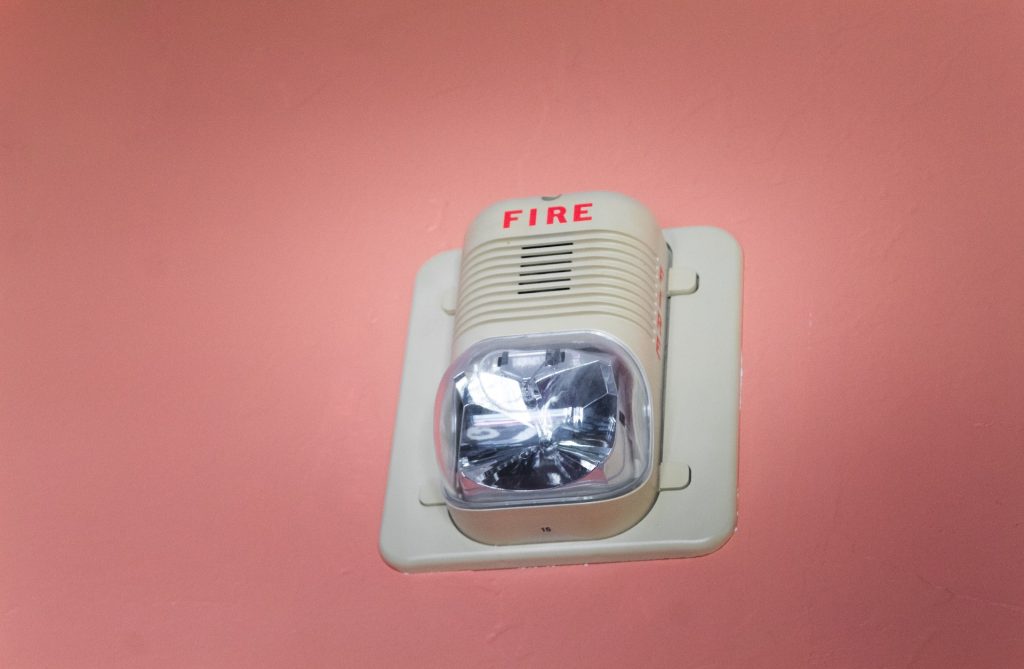
10 Aug Fight, Flight, Freeze: Your Body In Stress
Fight, Flight, Freeze: Your Body In Stress
Let’s say you have to present a big pitch in Infront of 50 big-name businessmen. Or you are being charged at by a stray dog. Or the car in front slams on its brakes unexpectedly. How do you respond? Fight, flight, and freeze are our body’s ways of responding to stress. They are the body’s way of protecting itself from the danger it has encountered. We either prepare to fight the danger, run from it, or our body locks into place and we become frozen. Let’s look at each response in-depth and see how they play out in different scenarios.
And They Were Kung-Fu Fighting…
Let’s set the scene: it’s the middle of the night, and you hear some crash bangs down in the kitchen. You pick up the baseball bat that is conveniently next to the bed and you walk down the stairs as quiet as possible, with your bat at the ready. The crashing is still happening as you get downstairs, and your mind is going over what you’re going to do when you come face-to-face with the intruder. You round the corner, and instead of seeing a 6ft intruder dressed in black, hauling your TV out of the back window, you see a possum. Now, that’s the best-case scenario but it still is an example of the fight response; you were at the ready to protect your space, your family and yourself (even if it was only a possum).
What actually happened, in this case, was the body’s sympathetic nervous system was activated by a sudden release of hormones. The sympathetic nervous system then activates the adrenal glands which pump adrenalin through your body. These automatics bodily reactions then cause increased heart rate, blood pressure, and breathing rate, and after the threat has cleared, it can still take between 20-60 minutes before the body returns to its pre-arousal state.
When fighting is a critical action and the only action that could save your life, the body is already primed when it encounters the stress stimuli. Some bodily signals that alert you to whether you are in fight mode are a tight jaw, grinding of teeth, feeling intense anger, the urge to kick or punch, burning sensation in your stomach, or attacking the danger directly. It is important to know when the fight response is actually going to be helpful because our body has learned to respond in these ways, even when it isn’t necessary.
Run Forest, Run!

It’s the middle of the night, and your fire alarm begins to belt out an unruly tune that shocks you from your sleep. Instantly, you are putting on the first piece of clothing you see and grab the kids, and you’re running out of the door or down the fire escape stairs. Our flight response will kick into gear when we believe that we can avoid the danger by outrunning the threat. Whether there’s a fire or not, the alarm is signalling danger and you’re trying to beat it. This is the flight response, the urge to outrun what is threatening you.
The physiological responses are the same for fight and flight, but how they appear during the flight response is different. Some signals that you’re in a flight response are excessive exercise, feeling fidgety, tense, or trapped, can’t keep your legs still, restlessness, numbness, and dilated pupils. Knowing how acute stress interacts with the body’s functions is essential to know so that when the body is entering the flight response, yet there is no inherent danger, you are able to identify what you can do to calm your nervous system down.
Some helpful ways to be calming your nervous system down if there is no inherent danger or after the danger has passed are deep breathing, finding a quiet spot, visualisation, a light walk, and talking to professionals or trusted people in your support network. Knowing the techniques that work for you is incredibly helpful so that when it does come time to calm these flight responses down, you know exactly how to go about it in a way that is effective for you.
Freeze!
Let’s say that you round a dark corner, and someone scares you, if you’re the first reaction is to tense up, and become frozen in time, you have experienced the freeze response. When the freeze response is activated, a disassociation can occur and feel like an out-of-body experience. There are several studies showing that people who experienced trauma in childhood often have increased tendencies to go into freeze response in the face of most dangers, as it is a learned response.
Freeze response can feel like you’re stuck in a certain part of your body, feeling cold or numb, heaviness of limbs or stiffness, decreased heart rate, difficulty breathing or the tendency to hold your breath, and an internal sense of dread. Individuals who suffer from anxiety feel these responses to countless stimuli on any one day.
The freeze response, as with the other responses, can be calmed and brought back to a functioning level, yet it doesn’t happen quickly. The body requires between 20-60 minutes to come back into a safe equilibrium where all the bodily functions have returned to their normal function. Being in professions such as fighter flying or firefighting, where stress is ever present, it is essential that you are in tune with your body, to know when to implement stress-preventing techniques early on. There simply isn’t time to let stress responses completely take over in high-stress environments where the stakes are people’s lives, we need to keep our heads focused on the task ahead.
Stress Is Inevitable, How Are You Responding To It?
Our bodies are incredible machines with in-built danger detectors designed to keep us alive. Knowing how these detectors work and how they alert your body to different dangers is critical to surviving big and small stresses. Whether it’s fighting off an intruding possum, running from a burning building or the aftermath of a jump scare, your body is trying to keep you safe and alive! While we have it to thank for that, make sure you take the time to let your body calm down again; do some breathing in a quiet spot or talk to people you trust. Stress is inevitable, but there are ways to take the pressure off!
If you’re looking for more information on the subconscious, click ‘here’!
Hey! You’re Biased! – #24 Priming Bias

This bias is the effect of one stimulus on the response to another stimulus. The subconscious brain responds to colours, smells, sounds and words. These responses create emotions and then determine how one will respond to the next stimulus. For example, a study has shown that when restaurants play French music, people are more likely to purchase wine with their meals. The music created a response by the subconscious which then influenced their decision when the next stimulus was presented.
References
Anxiety Trust NZ. (2021). Fight-Flight-Freeze: The body’s natural response to stress. Anxiety Trust NZ. https://www.anxiety.org.nz/post/fight-flight-freeze-the-body-s-natural-response-to-stress#:~:text=Fight%2C%20flight%20or%20freeze%20is,new%20people%20or%20exam%20season.
Frothingham, M. (2021). Fight, flight, freeze, or fawn: What this response means. Simply Psychology. https://www.simplypsychology.org/fight-flight-freeze-fawn.html
Cherry, K. (2022). How the fight-or-flight response works. Very Well Mind. https://www.verywellmind.com/what-is-the-fight-or-flight-response-2795194#:~:text=What%20Happens%20During%20the%20Fight,(including%20adrenaline%20and%20noradrenaline).
Health Cleveland Clinic. (2019). What happens to your body during the fight or flight response? Health Cleveland Clinic. https://health.clevelandclinic.org/what-happens-to-your-body-during-the-fight-or-flight-response/
Purse, M. (2021). Techniques to tame the fight or flight response. Very Well Mind. https://www.verywellmind.com/taming-the-fight-or-flight-response-378676
Ashley Treatment. (n.d.). A closer look at freeze, the third response. Ashely Treatment. https://www.ashleytreatment.org/learning-about-stress-responses/



No Comments